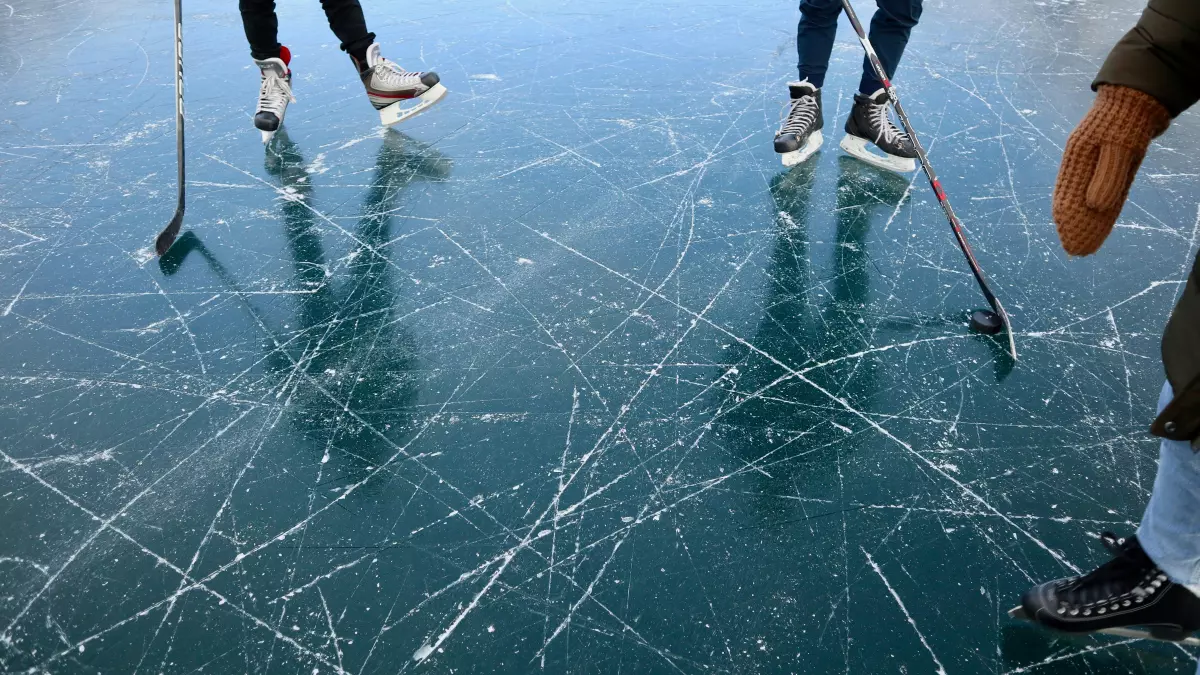Reflections in Gaming
Ever stopped to admire your character’s reflection in a puddle or a shiny surface in a game and wondered how the heck it looks so real? It’s not magic—it’s a blend of some seriously complex tech and clever tricks. But here’s the kicker: real-time reflections are one of the hardest things for game engines to pull off. Why? Let’s dive into the world of reflections and see what’s going on behind the scenes.

By Sophia Rossi
First off, let’s get one thing straight: reflections in games are not the same as reflections in real life. In the real world, light bounces off surfaces and into our eyes, creating reflections. In video games, however, game engines have to simulate this process, and it’s no small feat. The challenge? Rendering reflections in real-time without tanking your frame rate. And trust me, no one wants a game that looks like a slideshow.
Screen Space Reflections (SSR): The Quick Fix
One of the most common techniques game engines use to handle real-time reflections is something called Screen Space Reflections (SSR). If you’ve played a game with shiny floors or wet streets, you’ve probably seen SSR in action. Here’s how it works: the engine takes the pixels that are already on your screen (hence the name “screen space”) and uses them to create a reflection. It’s fast, it’s efficient, and it looks pretty good—most of the time.
But SSR has its limits. Since it only reflects what’s already on the screen, anything that’s off-screen or hidden from view won’t show up in the reflection. Ever noticed how sometimes reflections in games seem to “cut off” or disappear when you move the camera? That’s SSR showing its weaknesses. It’s a quick fix, but it’s not perfect.
Ray Tracing: The Holy Grail of Reflections
If SSR is the quick fix, then Ray Tracing is the holy grail. Ray tracing simulates the way light actually works in the real world, tracing rays of light as they bounce off surfaces and create reflections. The result? Super realistic reflections that look almost indistinguishable from real life. You’ve probably heard a lot of buzz about ray tracing in recent years, especially with the latest generation of consoles and GPUs pushing this tech to the forefront.
But here’s the catch: ray tracing is expensive—not in terms of money, but in terms of computing power. It requires a ton of processing to calculate all those light rays in real-time. That’s why, even though ray tracing is becoming more common, it’s still not the default for most games. Developers often have to balance between visual fidelity and performance, and ray tracing can be a performance hog if not optimized properly.
Planar Reflections: The Old-School Method
Before SSR and ray tracing became the go-to methods, game engines used a technique called Planar Reflections. This method is pretty straightforward: the engine creates a second “mirror” version of the scene and renders it on a flat surface, like a floor or a body of water. It’s an old-school technique, but it’s still used in some games today because it’s relatively cheap in terms of performance and can look great in specific scenarios.
The downside? Planar reflections only work on flat surfaces. So, if you’re trying to reflect something off a curved or irregular surface, you’re out of luck. Plus, it can be tricky to get the lighting and shadows to match up perfectly between the real scene and the reflected scene, which can break immersion if done poorly.
Cube Maps: The Sneaky Trick
Another technique you’ll find in many games is Cube Mapping. This method involves creating a 360-degree “snapshot” of the environment and using that to create reflections. It’s a sneaky trick because it doesn’t actually reflect the scene in real-time—it’s more like a pre-rendered reflection. But when done right, it can look convincing, especially in fast-paced games where you don’t have time to scrutinize every detail.
Cube maps are great for things like reflective armor or shiny objects, where the reflection doesn’t need to be 100% accurate. However, because the reflection is pre-rendered, it won’t update in real-time as the environment changes. So, if you’re expecting to see your character’s reflection in a cube-mapped surface, you’re going to be disappointed.
Hybrid Approaches: The Best of Both Worlds?
As game engines evolve, developers are starting to use hybrid approaches that combine multiple techniques to get the best of both worlds. For example, some games use SSR for quick, on-screen reflections and then fall back on cube maps or planar reflections for off-screen objects. Others might use ray tracing for key reflective surfaces while relying on cheaper methods for less important areas.
This hybrid approach allows developers to strike a balance between performance and visual quality, giving players the best possible experience without sacrificing too much in either department.
So, Why Are Reflections So Hard?
At the end of the day, reflections are tough because they require game engines to simulate how light behaves in the real world—and that’s no easy task. Whether it’s SSR, ray tracing, or cube maps, each technique has its strengths and weaknesses, and developers have to choose the right tool for the job. The next time you’re playing a game and admiring your character’s reflection, just remember: there’s a lot of tech wizardry going on behind the scenes to make that happen.
So, what’s the future of reflections in gaming? As hardware continues to improve and ray tracing becomes more accessible, we’ll likely see even more realistic reflections in games. But for now, it’s all about finding the right balance between performance and visual fidelity.
And let’s be honest—whether it’s a perfectly rendered reflection or a sneaky cube map, as long as it looks cool, we’re all happy, right?





